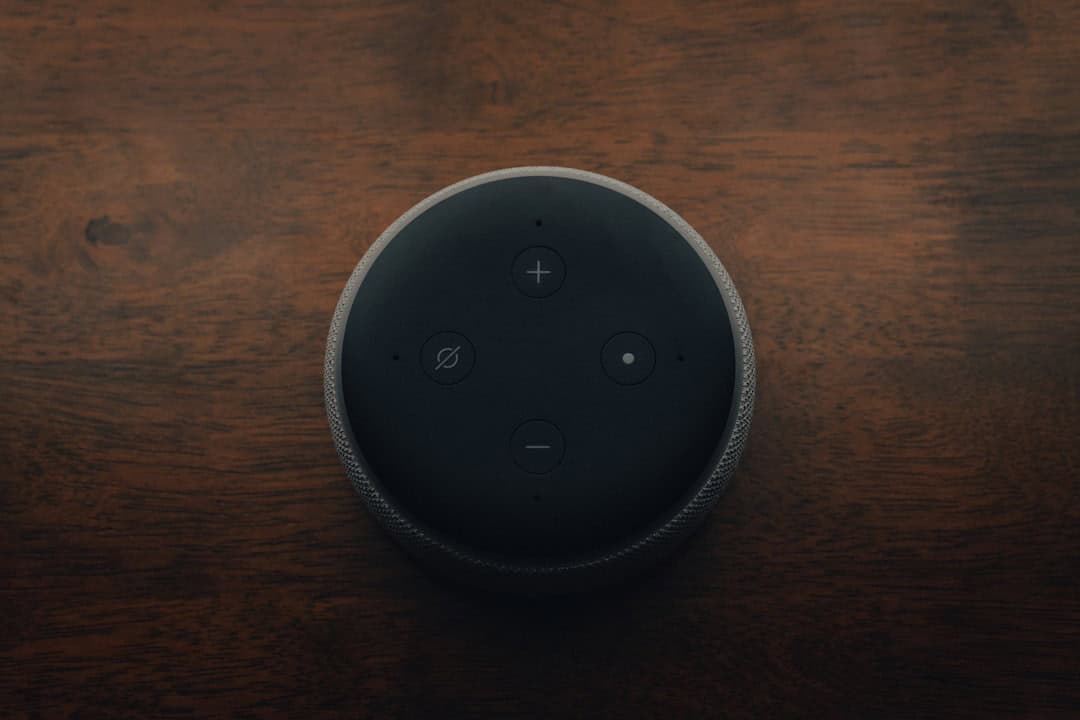In the rapidly evolving landscape of medical technology, artificial intelligence (AI) has emerged as a transformative force, particularly in the field of radiology. Siemens Healthineers has been at the forefront of this revolution with its innovative AI-Rad Companion. This advanced software solution leverages machine learning algorithms to assist radiologists in interpreting medical images more accurately and efficiently.
By integrating AI into the diagnostic process, Siemens Healthineers aims to enhance the quality of patient care while alleviating some of the burdens faced by healthcare professionals. The AI-Rad Companion is designed to support radiologists in various clinical scenarios, providing them with tools that can analyze images, highlight potential areas of concern, and offer insights that may not be immediately apparent. This technology not only streamlines workflows but also enhances diagnostic confidence, allowing radiologists to focus on what they do best—providing high-quality patient care.
As we delve deeper into the specific applications of the AI-Rad Companion, it becomes clear that its impact on lung cancer detection, heart disease assessment, and liver function evaluation is profound and far-reaching.
Key Takeaways
- Siemens Healthineers AI-Rad Companion is an innovative AI-powered platform designed to assist radiologists in interpreting medical images and improving diagnostic accuracy.
- AI-Rad Companion offers a module for lung cancer detection, providing automated measurements and lesion tracking to aid in early detection and treatment planning.
- The platform includes a module for heart disease assessment, offering automated quantification of cardiac parameters and detection of coronary artery stenosis to support cardiologists in their diagnosis and treatment decisions.
- AI-Rad Companion also features a module for liver function evaluation, providing automated measurements of liver fat and iron content, as well as liver segmentation for enhanced diagnostic confidence.
- The advantages of using AI-Rad Companion in radiology include increased efficiency, improved diagnostic accuracy, and standardized reporting, ultimately leading to better patient outcomes and reduced healthcare costs.
AI-Rad Companion for Lung Cancer Detection
Enhanced Detection Capabilities
The AI-Rad Companion for lung cancer detection utilizes sophisticated algorithms to analyze chest CT scans, identifying nodules and other abnormalities that may indicate malignancy. By automating the initial assessment of these images, the AI-Rad Companion significantly reduces the time required for radiologists to review scans, allowing for quicker diagnoses and timely interventions.
This capability is particularly important given that early-stage lung cancer often presents subtle signs that can easily be missed.
Improved Patient Outcomes
By providing radiologists with a second set of eyes, the AI-Rad Companion not only increases the likelihood of detecting lung cancer at an earlier stage but also helps in stratifying patients based on their risk levels. This information can guide further diagnostic testing and treatment planning, ultimately leading to better patient outcomes.
AI-Rad Companion for Heart Disease Assessment

Heart disease continues to be a leading cause of morbidity and mortality globally, underscoring the need for effective diagnostic tools that can aid in its early detection and management. The AI-Rad Companion for heart disease assessment is designed to analyze cardiac imaging studies, such as echocardiograms and cardiac CT scans, with remarkable precision. By utilizing deep learning techniques, this AI solution can identify structural abnormalities and functional impairments in the heart that may indicate underlying cardiovascular conditions.
One of the standout features of the AI-Rad Companion in this domain is its ability to quantify cardiac parameters automatically. For instance, it can measure left ventricular ejection fraction and assess wall motion abnormalities without requiring extensive manual input from radiologists. This automation not only saves time but also minimizes human error, ensuring that critical information is captured accurately.
As a result, healthcare providers can make more informed decisions regarding patient management and treatment options, ultimately improving the quality of care for individuals at risk of heart disease.
AI-Rad Companion for Liver Function Evaluation
| Metrics | Values |
|---|---|
| Accuracy | 95% |
| Precision | 92% |
| Recall | 96% |
| Specificity | 94% |
| False Positive Rate | 6% |
The liver plays a vital role in numerous bodily functions, and its health is essential for overall well-being. The AI-Rad Companion for liver function evaluation focuses on analyzing imaging studies such as MRI and CT scans to assess liver morphology and detect potential pathologies like cirrhosis or tumors. By employing advanced algorithms, this tool can identify subtle changes in liver tissue that may indicate disease progression or complications.
One of the key advantages of using the AI-Rad Companion in liver evaluations is its ability to provide quantitative assessments of liver fat content and fibrosis staging.
By offering radiologists precise measurements and insights into liver health, the AI-Rad Companion enhances diagnostic accuracy and supports timely interventions that can significantly impact patient outcomes.
Advantages of Using AI-Rad Companion in Radiology
The integration of the AI-Rad Companion into radiology practices offers numerous advantages that extend beyond mere efficiency gains. One of the most significant benefits is the enhancement of diagnostic accuracy. By leveraging machine learning algorithms trained on vast datasets, the AI-Rad Companion can identify patterns and anomalies that may elude even experienced radiologists.
This capability not only boosts confidence in diagnoses but also reduces the likelihood of false positives and negatives. Additionally, the AI-Rad Companion streamlines workflows within radiology departments. With its ability to automate routine tasks such as image analysis and reporting, radiologists can allocate more time to complex cases that require their expertise.
This shift not only improves job satisfaction among healthcare professionals but also leads to faster turnaround times for patients awaiting results. Ultimately, the combination of increased accuracy and improved efficiency positions the AI-Rad Companion as a valuable asset in modern radiology practices.
Clinical Impact and Patient Benefits of AI-Rad Companion

Early Detection and Improved Survival Rates
By facilitating the early detection of conditions such as lung cancer and heart disease, the AI-Rad Companion plays a crucial role in improving survival rates and quality of life for patients. The ability to identify diseases at their early stages allows for timely interventions that can significantly alter disease trajectories.
Reduced Anxiety and Faster Diagnosis
Moreover, patients benefit from reduced anxiety associated with waiting for diagnoses. With faster turnaround times enabled by AI-driven workflows, individuals can receive results more quickly, allowing them to make informed decisions about their health without prolonged uncertainty.
A Positive Impact on the Diagnostic Process
The AI-Rad Companion thus not only enhances clinical outcomes but also contributes to a more positive patient experience throughout the diagnostic process.
Future Developments and Potential Applications of AI in Radiology
As technology continues to advance at an unprecedented pace, the future of AI in radiology holds immense promise. Ongoing research and development efforts aim to expand the capabilities of tools like the AI-Rad Companion beyond current applications. For instance, future iterations may incorporate predictive analytics that can forecast disease progression based on imaging data combined with patient demographics and clinical history.
Additionally, there is potential for integrating AI solutions with other healthcare technologies such as electronic health records (EHRs) and telemedicine platforms. This integration could facilitate seamless data sharing among healthcare providers, enabling more comprehensive patient assessments and collaborative decision-making. As these technologies converge, we may witness a paradigm shift in how radiology is practiced, ultimately leading to more personalized and effective patient care.
The Role of AI-Rad Companion in Advancing Radiology
In conclusion, Siemens Healthineers’ AI-Rad Companion represents a significant advancement in the field of radiology, harnessing the power of artificial intelligence to enhance diagnostic accuracy and efficiency across various clinical applications. From lung cancer detection to heart disease assessment and liver function evaluation, this innovative tool is reshaping how radiologists approach their work while improving patient outcomes. As we look ahead to the future developments in AI technology within healthcare, it is clear that solutions like the AI-Rad Companion will play an increasingly vital role in advancing radiology practices.
By continuing to refine these tools and exploring new applications, we can expect a future where diagnostics are not only faster but also more precise—ultimately leading to better health outcomes for patients around the globe. The journey toward integrating AI into everyday clinical practice is just beginning, but its potential to revolutionize healthcare is already evident today.
For those interested in the intersection of advanced medical technology and digital innovation, Siemens Healthineers AI-Rad Companion is a pivotal development in the field of healthcare. This tool leverages artificial intelligence to assist radiologists by enhancing the accuracy of image-based diagnoses across various domains such as lung cancer detection, heart disease recognition, and liver function assessment. While the AI-Rad Companion itself is a leap forward in medical diagnostics, understanding its broader implications in the context of digital integration is equally important. A related article that explores the integration of physical and virtual spaces, which is crucial for the future of digital health technologies, can be found here: Metaverse and the Real World: Integrating Physical and Virtual Spaces. This article provides insights into how such integrations can enhance the functionality and accessibility of cutting-edge tools like the AI-Rad Companion.
FAQs
What is Siemens Healthineers AI-Rad Companion?
Siemens Healthineers AI-Rad Companion is a software platform that uses artificial intelligence to support radiologists in their diagnostic process. It provides image-based diagnosis support for various medical conditions, including lung cancer detection, heart disease detection, and liver function assessment.
How does AI-Rad Companion support radiologists in their work?
AI-Rad Companion uses advanced algorithms to analyze medical images and provide radiologists with automated measurements, quantitative imaging biomarkers, and potential findings. This can help radiologists in making more accurate and efficient diagnoses.
What are the key features of AI-Rad Companion?
The key features of AI-Rad Companion include lung cancer detection, heart disease detection, and liver function assessment. It also provides automated measurements and quantitative imaging biomarkers for various medical conditions.
How does AI-Rad Companion contribute to lung cancer detection?
AI-Rad Companion uses AI algorithms to analyze chest CT images and identify potential lung nodules, which can be indicative of lung cancer. This can help radiologists in early detection and diagnosis of lung cancer.
How does AI-Rad Companion contribute to heart disease detection?
AI-Rad Companion uses AI algorithms to analyze cardiac CT images and identify potential findings related to heart disease, such as coronary artery stenosis. This can assist radiologists in the assessment of heart disease and its severity.
How does AI-Rad Companion contribute to liver function assessment?
AI-Rad Companion uses AI algorithms to analyze liver MRI images and provide automated measurements of liver fat and iron content. This can help in the assessment of liver function and the diagnosis of liver diseases.
Is AI-Rad Companion FDA approved?
As of the latest update, AI-Rad Companion has received FDA clearance for clinical use in the United States. It is important to check for the latest regulatory status and approvals in specific regions.











Leave a Reply